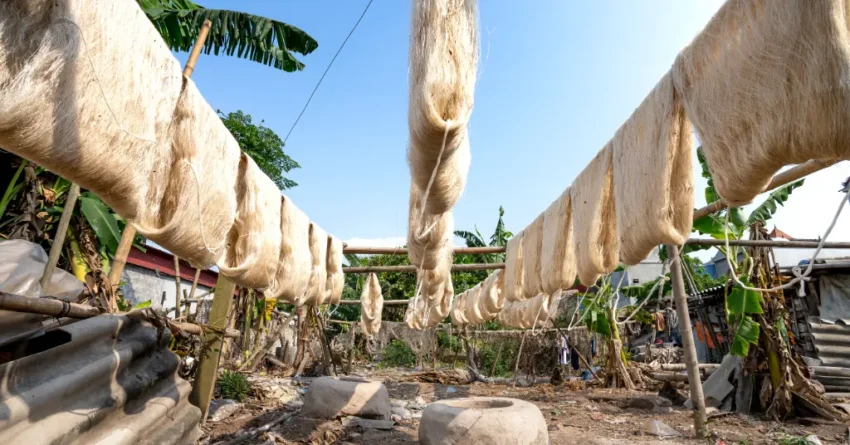The heart-warming vibrancy and diversity of India make it an extraordinarily special country. Among its many cultural treasures, the soft textures and aesthetic appeal of natural silk in India stand out, adding elegance to the nation’s colorful and varied clothing styles. Renowned for its rich heritage, Indian silk captures the essence of tradition and craftsmanship. Textile manufacturers across the country use this exquisite fabric to create a wide range of garments, catering to the needs of people of all ages—from the elderly to the young.
A material with a smooth texture and a shimmering appearance, silk has catered to Indians for centuries now. Thus, India now ranks as the country with the most consumers of this fabric. Additionally, the country produces the second-largest amount of silk in the world, after China.
The silk fabrics produced in India are as varied as the regions of the country. India has different types of natural silk that it uses to weave these fabrics. Here we discuss the types of raw silk found in India and silk fabrics made from them.
In India, there are various silk varieties.
Indian suppliers of natural silk produce four different kinds of silk for commercial use. There are four different types, Mulberry silk, Tasar silk, Muga silk, and Eri silk. Over 80% of the silk produced in Pakistan comes from the mulberry silk variety. Because of this, Indian silk comes in either mulberry silk or non-mulberry silk, consisting of the other three kinds.
First, let’s take a look at the silks that aren’t mulberry silk.
The Muga Silk
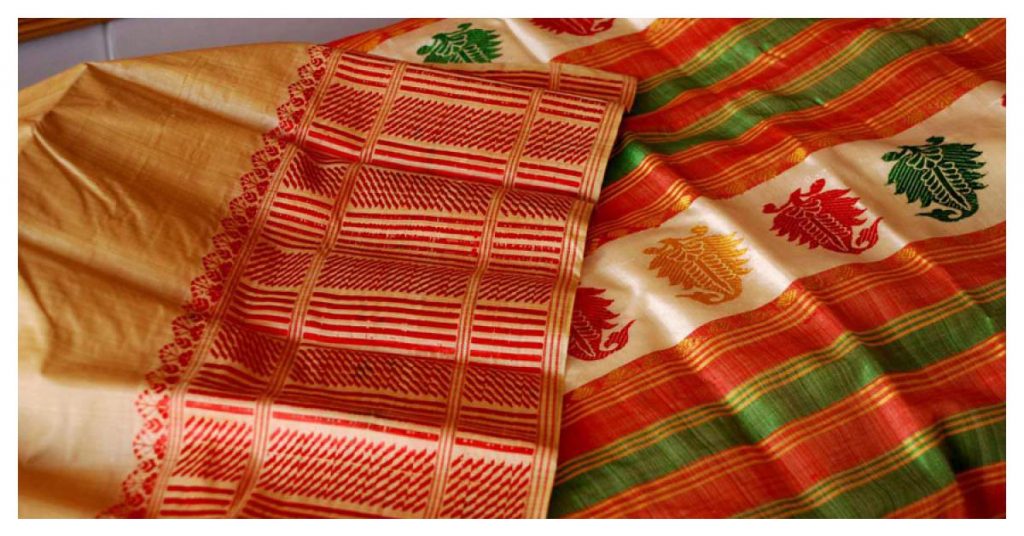
One of the rarest and most prized types of natural silk in India is Muga silk, an exclusive specialty of Assam. Known for its glossy texture and remarkable durability, Muga silk boasts a rich, shimmering appearance that enhances its elegance. This unique silk is produced by the larvae of the Assam silkmoths (Antheraea assamensis), making it a true gem among India’s diverse silk traditions.
Silk from the Muganda plant is among the strongest natural fibers and has a distinctive natural yellowish-golden hue. There is extensive use for the production of mekhela chador (traditional Assamese dress), sarees, kurtas, stoles, etc. It is also the most expensive silk produced in the world.
Every Assamese woman has her heart set on Muga silk. Its beauty and demand stem from the traditional motifs and intricate patterns woven on its fabric. One of its most unique qualities is that the material improves with age and with every wash. The longevity of Muga silk also makes it a popular choice. Muga silk fabrics are often said to last longer than their wearers.
Silk, Eri
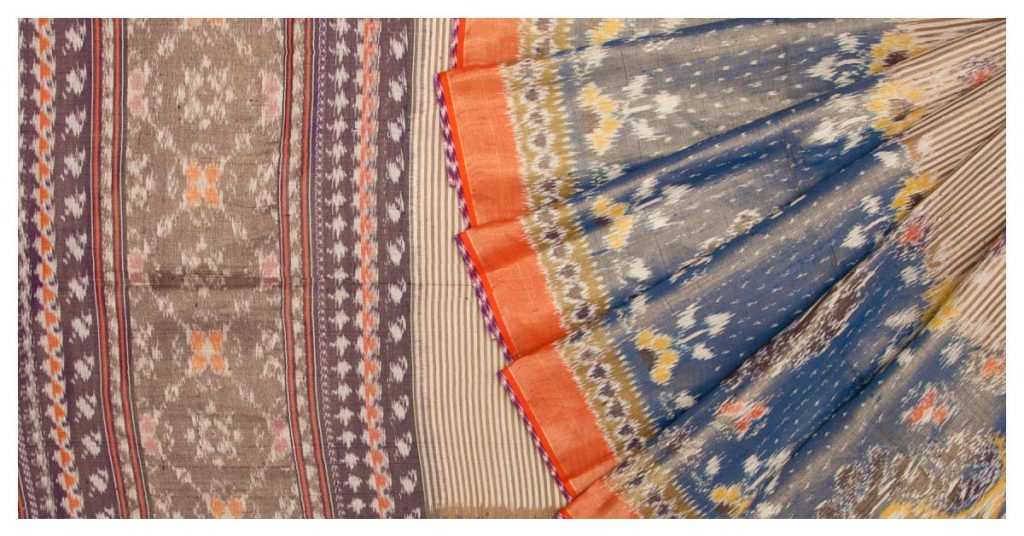
There are three types of silk produced by Assam. One of these varieties of silk is Eri silk, which is also known as Endi silk and Errandi silk. Silkworms are domesticated and grown in Assam, where they produce open-ended cocoons called Samia ricini and Philosamia ricini. Originally, Ahimsa silk served to prevent killing the silkworm. The silkworm does not die as a result of peace silk since it does not kill the silkworm. The Buddhist monks of India, China, Nepal, and Japan prefer silk that comes from nonviolent sources for this reason.
Silk from Eri is known for its characteristic dense and coarse texture, matte appearance, and dull golden yellow sheen. Silk Eri does not cost as much as those from other categories. It is also called the poor person’s silk because of its low price. These silks appear in shawls, quilts, wraps, bedspreads, etc., for their strength and thermally insulating qualities. Silk even makes its way into sarees these days.
Tasar Silk
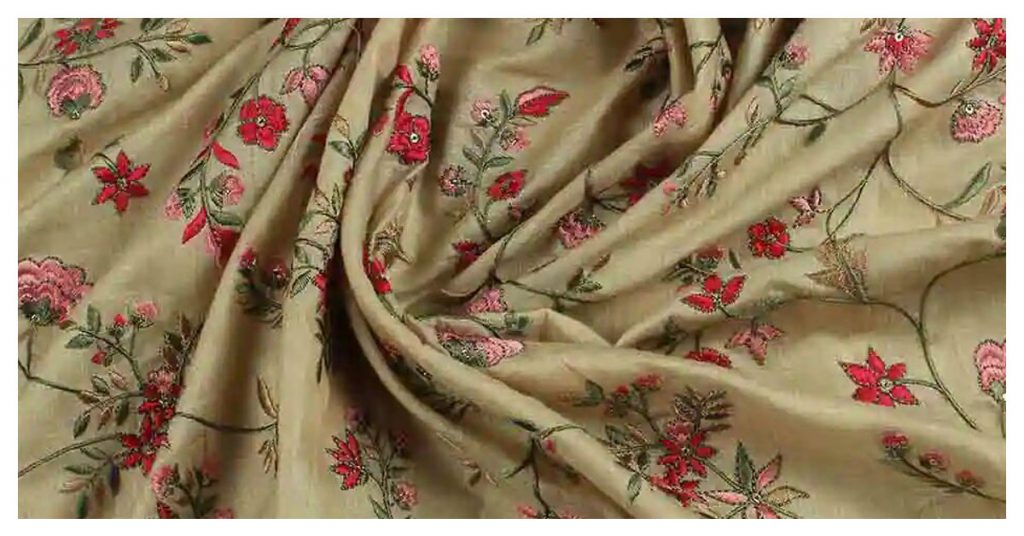
Often referred to as Kosa silk, Tussar silk—also spelled Tassar, Tussar, Tussah, Tussur, Tusser, or Tussore silk—derives its name from the Sanskrit word Kosa. A prominent variety of natural silk in India, Tussar silk is primarily produced in West Bengal, Bihar, Odisha, Jharkhand, Chhattisgarh, Madhya Pradesh, and Maharashtra. Oak Tussar silk is a more refined variant, also crafted within India. The silk threads are derived from the Antheraea mylitta silkworm, which thrives in the wild forests, giving Tussar silk the nickname “wild silk.” India is the second-largest producer of Tussar silk globally, contributing significantly to the world’s supply of this unique fabric.
The rich texture and gold sheen of rate silk make it unique. Most commonly, these silks get fabricated for sarees. Nevertheless, they are effective for furnishings, dupattas, and dresses. There is a typical papery effect associated with the Tasar silk sarees of West Bengal. Tasar sari silk can also make well-known kinds of sarees, such as Bhagalpuri and Kosa.
Read more – The Top 10 Must-Try Tropical Fruits of Europe
The silk of Bhagalpuri
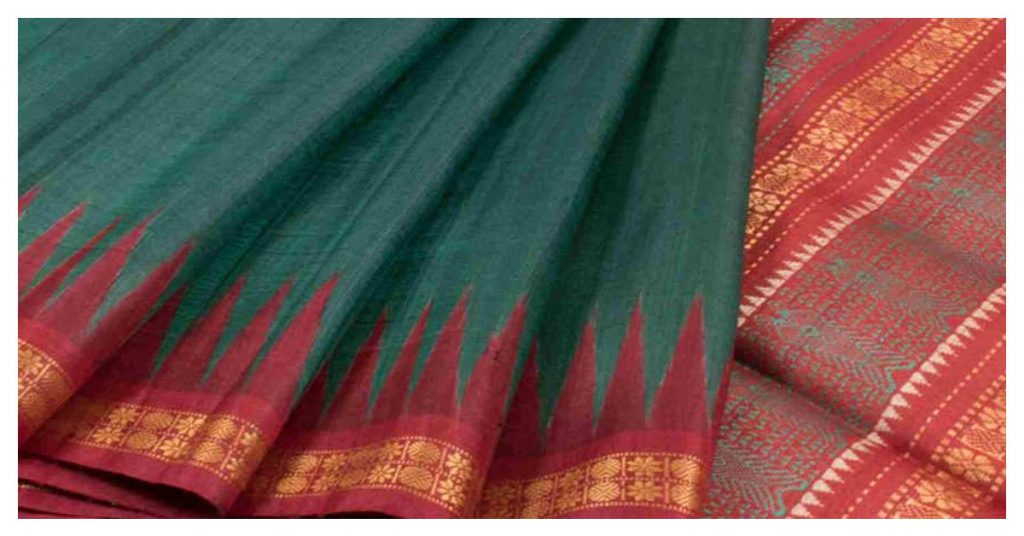
A small town near Patna, Bihar, is called the Silk City for its silk sarees. Bhagalpur is famous for these saris. I have to say that these sarees, in terms of their intrinsic artwork, are spectacular.
Silk by Kosa
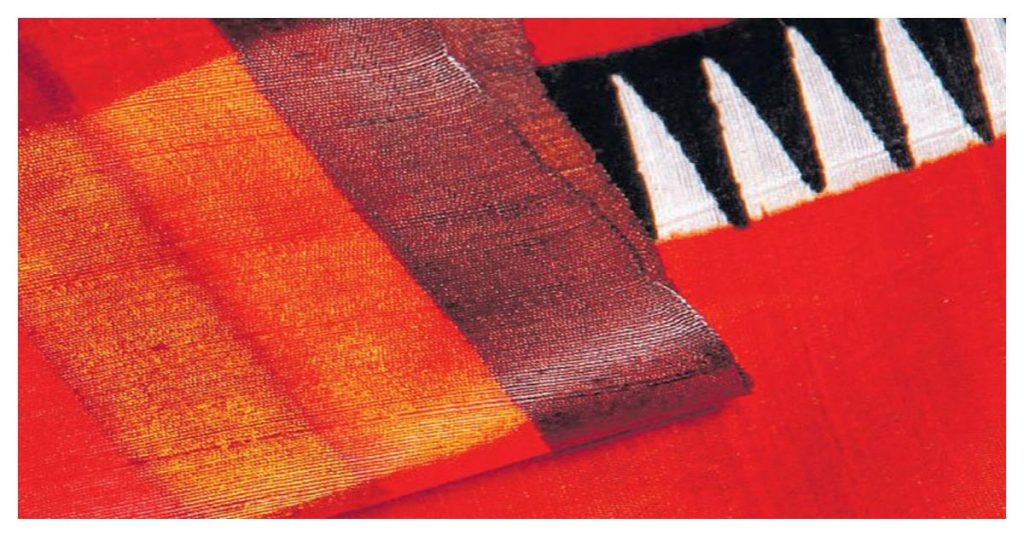
Among the silk types produced in Chhattisgarh is Kosa silk, a variety of Tasar silk. In addition to their intricate patterns and decorative designs, Kosa silk sarees are popular for their tribal practices and natural techniques.
Silk Mulberry
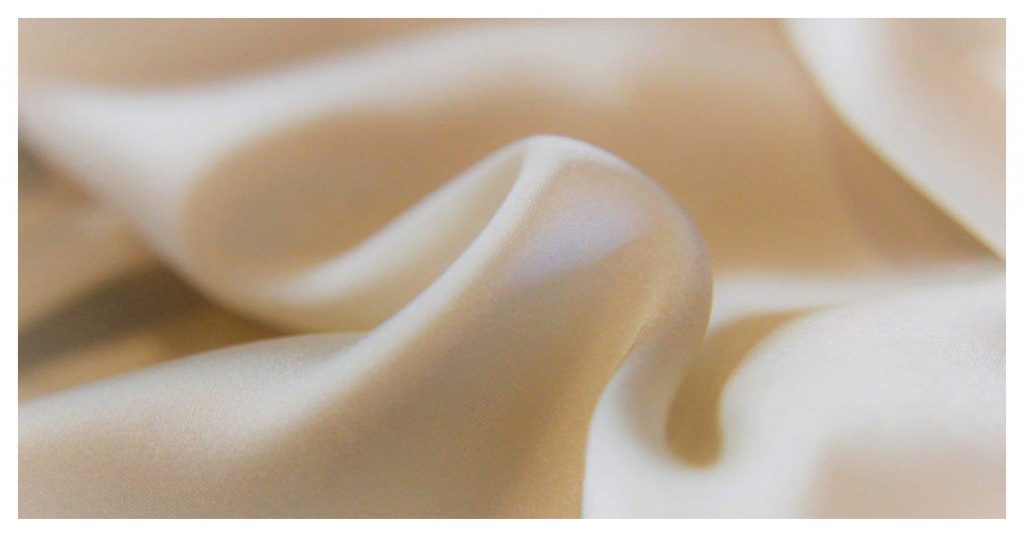
The mulberry silk produced in India stands out as the most prominent and renowned silk variety. Besides those states, South India’s Tamil Nadu, Karnataka, Andhra Pradesh, West Bengal, Jammu, and Kashmir have produced this silk. Known as Bombyx mori, this silkworm produces silk from the silkworm hatchery.
Traditionally produced silk from Banaras
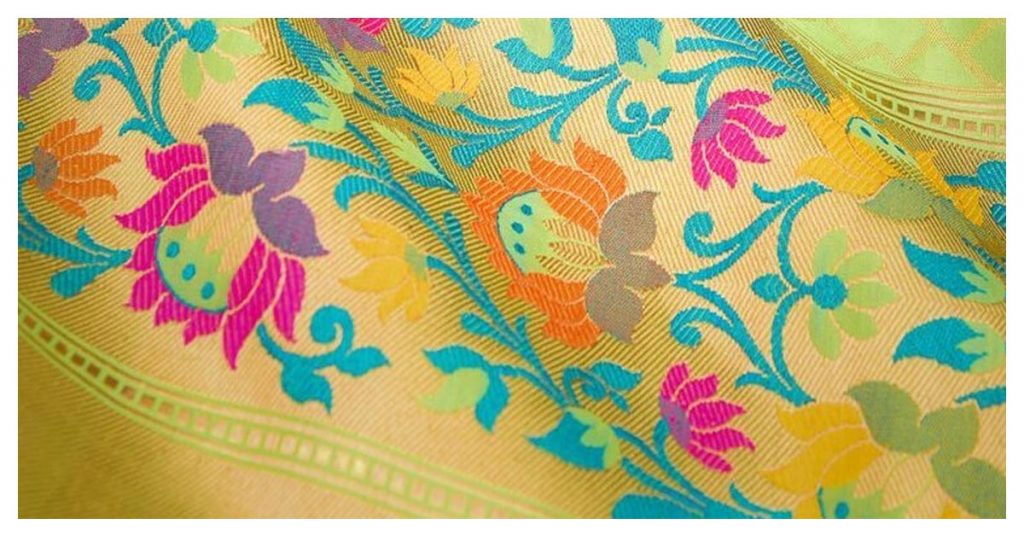
Known as Benarasi or Banarasi silk, this type of silk is one of the finest varieties produced in India. Decoratively embroidered with zari and brocade in gold and silver thread, this silk is found mostly in Varanasi or Banaras in Uttar Pradesh.
Silk Kanjeevaram
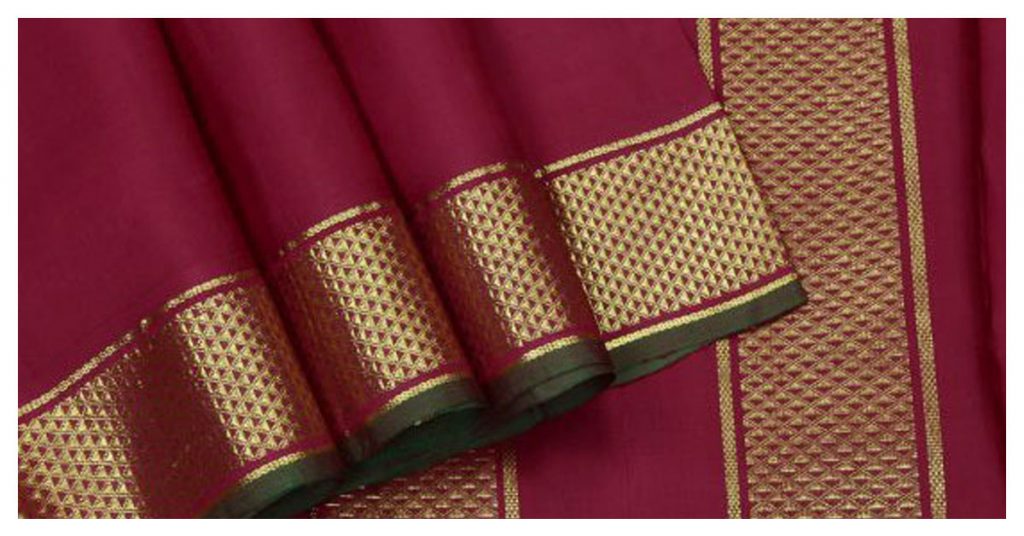
In Tamil Nadu, Kancheepuram silk or Kanjeevaram silk traces its origins to the town of Kancheepuram. Silk threads woven from pure mulberry silk are renowned for their lustrous luster, strength, and grandeur. Many silk sarees come from Kanjeevaram, but Kanjeevaram silk sarees are among the most popular in the world.
Silk, Pat
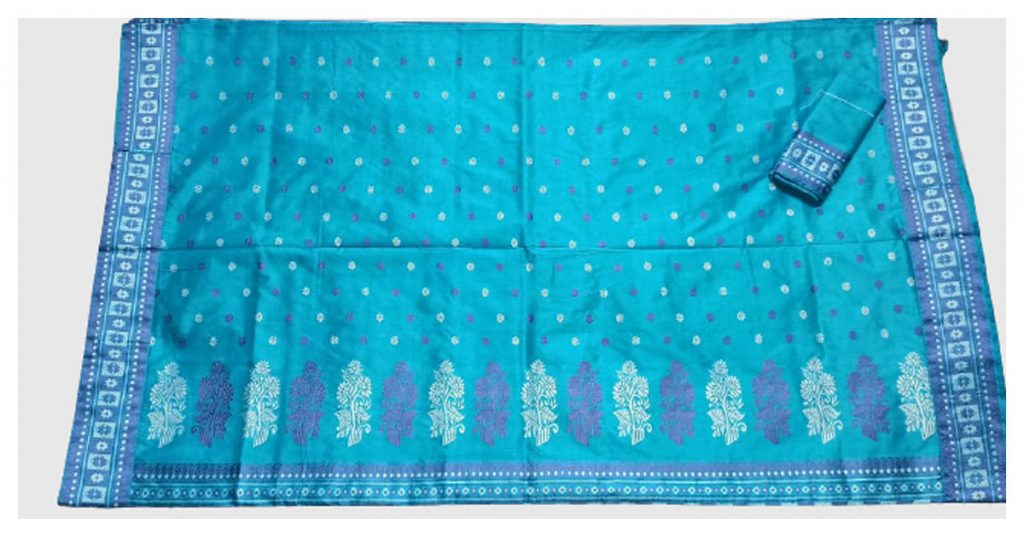
Assam produces three types of silk, including Pat silk or Paat silk. As a result of its brilliant shine and natural white hue, it is known for its brilliant shine.
Silk Baluchari

Baluchari silk has become a trademark of West Bengal. More than 200 years ago, the Baluchari village in West Bengal gave this weaving tradition its name. Baluchari silk sarees exhibit an elaborately embroidered border and pallu with silk threads depicting mythological scenes.
India is known for its luxury quotient when it comes to silk. Throughout our ceremonies and auspicious occasions, silks add an air of elegance. The shiny fabric gives the wearer a regal appearance, adding to their elegant aura. All the guests and the couple getting married wear silk at our weddings, which is no less than a fashion show of silks. Other celebrations include silks. Our country is the largest consumer as well as producer of silk worldwide.

